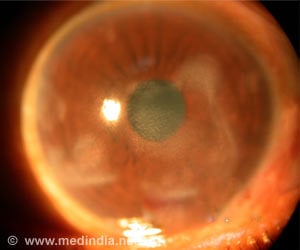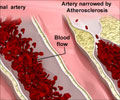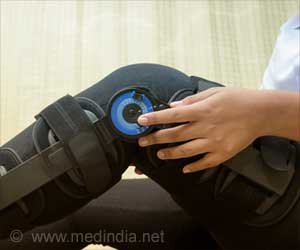Interaction of bundles of nerves and arteries with stem cells uncovered showcasing revolutionary techniques for following the cells as they function in living animals, reveals a study.

The study focused on neurovascular bundles (NVB) – groupings of nerves and blood vessels intertwined throughout the body – and their interactions with mesenchymal stem cells, or MSC. The team specifically examined how the cells operated in the incisors of mice; those teeth continually regrow over a mouse's lifespan, indicating that stem cells are present.
Typically, MSC are studied in vitro, or harvested from animals and examined outside of their natural environment. However, Chai and his team used a different molecular marker to highlight the cells' expression of the protein Gli1 and follow MSC in living mice. They discovered that the bundles are rich in stem cells – including MSC that wouldn't have been detected using conventional markers and techniques.
It turns out that this newly uncovered population of MSC helps maintain a normal cellular environment, while stem cells normally detected by the more well-known markers focus on injury repair, Chai said.
"We have basically developed a system in which we can follow MSC in their natural environment and see how they contribute to homeostasis," he said.
The study revealed that the MSC populations within NVB are located around arterioles, or small arteries that branch off to bring blood to tissues. Sensory nerves within the bundles secrete a protein called Shh to regulate the stem cells, demonstrating a practical reason for the bundling of the nerves and blood vessels. Such bundles are a ubiquitous anatomical feature and are found in every organ in humans, Chai said.
"This study has great implications for tissue regeneration in general," Chai said. "If you want to regenerate tissue, you have to not only provide stem cells but also the proper neighborhood for them to carry out their function."
 MEDINDIA
MEDINDIA




 Email
Email







